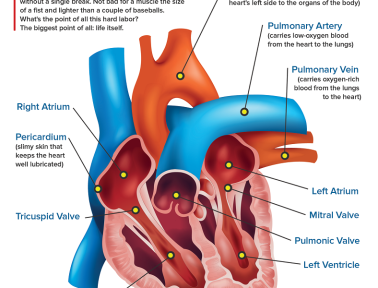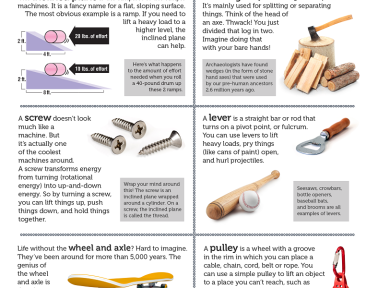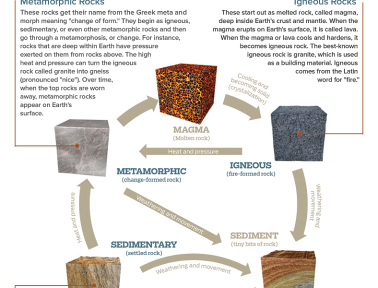You might know him from the powerful space-based telescope that bears his name, but did you know that Edwin P. Hubble radically changed our view of the universe?
Using deduction and measurements of starlight, Hubble acted as a cosmic detective to prove that our universe is not static but is in fact constantly growing.
Astronomers used to think that our universe was made up only of the Milky Way, and that everything in space was stationary. Distant galaxies were once thought to be gas clouds in the Milky Way.
In 1925, Hubble proved that the universe is much larger than was believed. He created a method of measurement based on the discovery of another astronomer, Henrietta Leavitt. In 1912, she had observed that a type of star called a Cepheid variable had a measurable pulsation rate and luminosity, or brightness. Hubble found that by timing a star’s fluctuations of luminosity, he could measure its distance from Earth.
With this technique, Hubble proved that the nearby Andromeda nebula was not a gas cloud in our own galaxy, but was actually a separate galaxy. His announcement literally changed how we see the universe.
But his detective work didn’t stop there. He continued to measure the distances of objects in outer space and collected enough data to prove a linear relationship between their distance and speed. This came to be known as Hubble’s Law. It proved that the universe is expanding. It’s also the cornerstone of the Big Bang Theory, the most widely accepted explanation of the origin of our universe.
Despite the huge implications of his discovery, Hubble could not be nominated for the Nobel Prize in Physics, because astronomy was not recognized by the Nobel Prize committee. In tribute to his breakthrough discoveries, his name was given to the space-based telescope that to this day continues to uncover more secrets of the universe.










